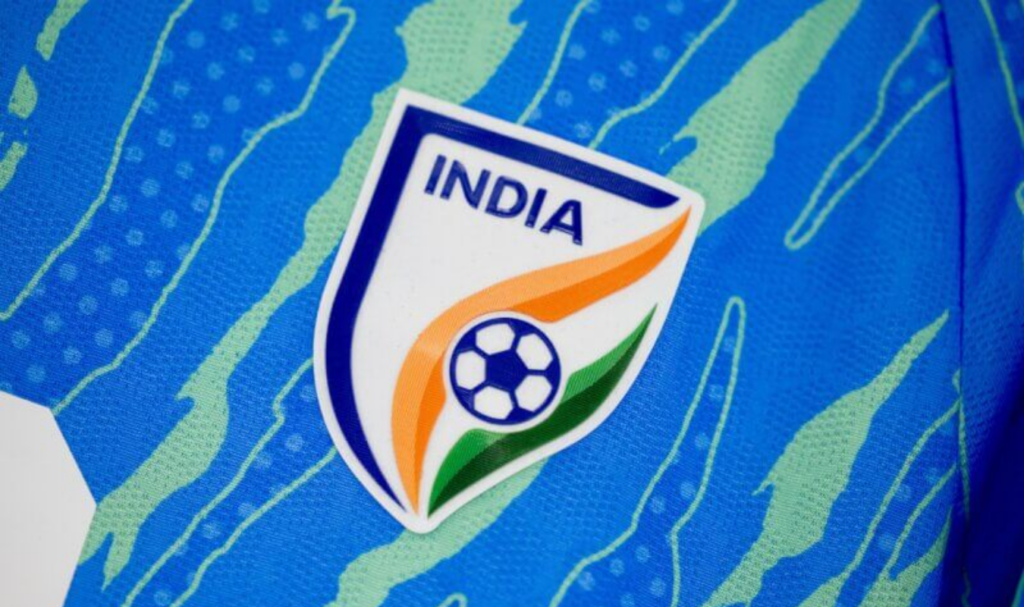The man who kicked off India’s football story
Nagendra Prasad Sarbadhikari (27 Aug 1869-17 Jan 1940), often hailed as the Father of Indian Football, was an Indian footballer who was instrumental in sparking the country’s early passion for the sport. While British soldiers first brought football to Calcutta in the nineteenth century, it was Sarbadhikari who first introduced the game to Indian students, channeling his curiosity into immersive participation that would turn into a lasting love for football still seen across the country today.
As a young student, he persuaded his classmates to play football in their school grounds, a small act that would change the city’s sporting landscape. Impressed by the boys’ enthusiasm, European teachers and nearby colleges soon began supporting their efforts, helping spread the game among students across Calcutta, planting the first real seeds of Indian football.
India’s first hat-trick by R. Lumsden
Long before India’s football Golden Era of the 1950s and early 1960s, one name quietly made history. R. Lumsden became the first British Indian to score a hat-trick in the Indian Jersey in an international match on 24 September 1938 in a friendly against Australia. During that Australia tour, which was India’s first-ever international tour, he scored eight official goals across five friendly matches, giving Indian football its first taste of international recognition.
Calcutta Football Club: where Indian football took root
Founded in 1872, the Calcutta Football Club (CFC) is recognized as India’s first football club. Reports suggest that it was initially a rugby club and only switched its attention to football as late as 1894. From its early days, CFC was a private members’ club, catering mainly to the British elite in India.
The club played a key role in introducing association football to India. Nagendra Prasad Sarbadhikari, the Father of Indian Football, is said to have first taught the game to his classmates after watching British soldiers play on CFC grounds.
By 1873, the club had grown to over 130 members, including European women, and it became one of the most prestigious private clubs in Asia. CFC was also a founding member of the Indian Football Association (IFA) in 1893, helping to structure organized football in the country.
Mohun Bagan: India’s oldest existing football club
Mohun Bagan Athletic Club was established on 15th August 1889 in what is now West Bengal, making it the oldest existing football club in India. At its inception, it was called Mohun Bagan Sporting Club, and its first emblem featured the Royal Bengal Tiger. The club’s first playground was Mohun Bagan Villa.
In 1890, the club was renamed Mohun Bagan Athletic Club, and it played its first match against the students of Eden Hindu Hostel. In 1904, Mohun Bagan won its first trophy, the Coochbehar Cup.
The coach who steered the national team to its golden era
Though the Late Amal Dutta, (4 May 1930- 10 July 2016) born in Calcutta, then Bengal Presidency, is considered as the first professional football coach in the country’s national football team in 1938, it was Syed Abdul Rahim (17 August 1909-11 June 1963)
who guided Indian football through some of its most successful years.
Born in Hyderabad, A former player, Rahim coached the national side from 1950 to 1963, a period often remembered as India’s golden era in the sport.
Under his leadership, India won Asian Games gold medals in 1951 and 1962 and achieved a fourth-place finish at the 1956 Olympics, a feat the country has not matched since.
Known for building a disciplined, tactical approach to the game, he is also widely regarded as the architect of modern Indian football.
India’s first woman footballer to win the Arjuna Award
Shanti Mullick is a former Indian footballer who played as a forward for the India women’s national football team. She was the first Indian woman footballer to receive the Arjuna Award, the second-highest sports honour in the country.
Mullick represented India at the AFC Women’s Championships, where the team reached the finals twice and finished as runners-up in 1980 and 1983. The team also finished third in 1981, with Mullick serving as captain in 1983.
She was the first Indian woman to score a hat-trick for the national team in a 5–0 victory over Singapore during the 1981 AFC Women’s Championship.


